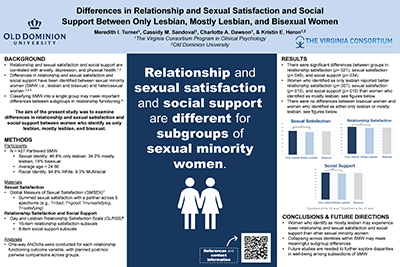ORCID
0000-0002-5114-9732 (Abeysinghe)
College
College of Sciences
Department
Computer Science
Graduate Level
Doctoral
Publication Date
2023
DOI
10.25883/p13j-m485
Abstract
With the increased spread of misinformation on online platforms and the popularity of AI-generated text, there is a critical need to detect human perception regarding the truthfulness of news. Users’ believability in a news item influences the reading and sharing of that news. Hence, in order to reduce the spread of fake news online, it is important to understand how users' engagement with fake and real news and users' perceived believability impact their behavioral and physiological factors. In this work, we study human eye movements based on the truthfulness of news and their perceived believability. Using the publicly available FakeNewsPerception eye-tracking dataset, we investigate the relationship between the visual scanning behavior, distribution of attention over Areas of Interest (AOIs), and cognitive load with respect to truthfulness and perceived believability of news content using advanced gaze measures, such as Coefficient K, Gaze Transition Entropy, and Low/High Index of Pupillary Activity (LHIPA). Coefficient K is derived from eye movements and acts as a dynamic indicator of fluctuation between ambient/focal visual scanning behavior. The gaze transition entropy is a measure of predictability in Areas of Interest (AOI) transitions and the overall distribution of attention over AOIs. The LHIPA is an eye-tracked measure of pupil diameter oscillation that was introduced as an indicator of cognitive load. We observed the participants exhibit more ambient processing in visual scanning when they are unsure of the truthfulness of news and more focal processing when they do not believe the news is real. We found that the ambient/focal viewing pattern changes over time are similar for all the groups of participants we considered. Further, we observed a similar distribution of attention over AOIs and similar cognitive load among participants regardless of the truthfulness of the news and their believability of the news.
Keywords
Fake news, Eye-tracking, Human behavior, Visual scanning, Cognitive load
Disciplines
Computer Sciences
Files
Download Full Text (250 KB)
Recommended Citation
Abeysinghe, Yasasi; Jayawardana, Gavindya; Woodson, Autumn; Bozkir, Efe; Kasneci, Enkelejda; Duchowski, Andrew; and Jayarathna, Sampath, "Exploring Human Perception while Reading Fake and Real News Articles" (2023). College of Sciences Posters. 2.
https://digitalcommons.odu.edu/gradposters2023_sciences/2



